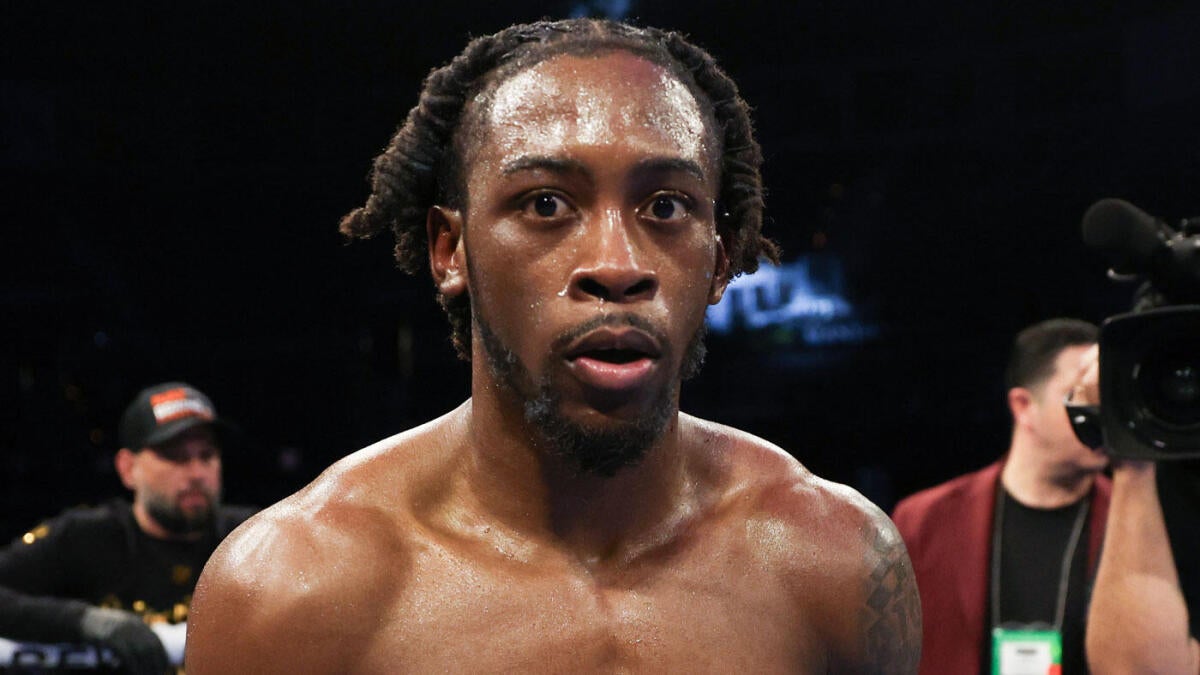Keyshawn Davis and the Locker Room Incident: An In-Depth Examination
Understanding the Incident and Its Immediate Context
On June 7–8, 2025, the competitive atmosphere at Norfolk’s Scope Arena suddenly shifted when professional boxer Keyshawn Davis was removed from the venue following a contentious backstage altercation. Alongside his brother Keon Davis, Keyshawn reportedly attacked fellow boxer Nahir Albright in the locker room. This incident erupted shortly after Albright won over another Davis brother, Kelvin, contributing to heightened tensions. The act was characterized as a “jump”—a sudden, unanticipated attack—casting a shadow over what was otherwise a professional sporting event.
This scenario unfolded against a backdrop of significant disappointment for Keyshawn. Scheduled to defend his WBO lightweight world title, Davis failed to make the 135-pound weight limit by 4.3 pounds, resulting in the cancellation of his title fight against Edwin De Los Santos and the stripping of his championship status. This professional setback likely intensified emotions, setting the stage for the volatile encounter backstage.
Family Dynamics: Bonds That Bind and Challenge
The Davis brothers—Keyshawn, Keon, and Kelvin—are recognized figures within boxing circles, known collectively as “DB3.” Their careers are deeply intertwined, shaped by a shared upbringing and mutual aspirations in the sport. Training and competing alongside each other, their collective identity is a source of strength and motivation.
Keon Davis’s recent professional debut and victory signal the ongoing evolution of this family legacy. However, their close ties also mean that competition and conflict within their orbit carry exceptional emotional weight. The post-fight confrontation with Albright reveals how family loyalty can amplify passion, sometimes tipping into actions that challenge professional norms.
Repercussions: Professional and Public Impact on Keyshawn Davis
The fallout from these events paints a complex picture of professional turbulence for Keyshawn Davis. Missing weight and losing the title damaged his career trajectory and disappointed the fanbase. The subsequent locker room incident added a layer of reputational harm, casting doubt on his sportsmanship and professionalism.
The decision to eject him from the arena was both practical and symbolic—a clear message from event organizers about behavioral expectations. This disciplinary response may influence future opportunities, from fight cards to endorsements, and affect his rapport within the boxing community.
Broader Reflections: Competition, Conduct, and the Boxing Culture
Boxing’s inherently intense and emotionally charged environment naturally fosters rivalries and high stakes. Yet, the sport’s integrity rests on balancing passion with respect and professionalism. The incident with Keyshawn Davis underscores the fine line fighters navigate between competitive fervor and appropriate conduct.
The strong reaction to this episode exemplifies the boxing world’s evolving intolerance for misconduct outside official competition. As fighters carry the mantle of sportsmanship, episodes like this threaten both individual reputations and the sport’s public image.
Public and Media Responses: Diverging Perspectives
Media coverage highlighted the drama, with vivid terms painting the scene as a disruption to the sport’s decorum. Conversations on social platforms reveal divided opinions: some condemn the Davis brothers’ behavior outright, while others express empathy, seeing their actions as a response to frustration and familial allegiance.
This polarization illustrates the complex interplay of athlete emotion, fan expectations, and media narratives in shaping public perception and athlete legacies.
Looking Forward: Recovery and Reinvention
This episode represents a critical juncture for Keyshawn Davis and his brothers. Moving beyond these setbacks will require a strategic approach emphasizing accountability and growth. Rebuilding trust with promoters, fans, and peers entails demonstrating commitment to discipline, respect, and the values boxing champions uphold.
Their family bond remains a vital asset, fostering resilience and shared purpose. Harnessed constructively, this connection could transform adversity into motivation for renewed success.
The Keyshawn Davis locker room incident offers a compelling case study in the volatility and intensity of elite combat sports. It highlights the necessity for emotional regulation and professional conduct, particularly when faced with disappointment. The path forward will define not only their careers but also their enduring legacy within the sport’s competitive theatre.

